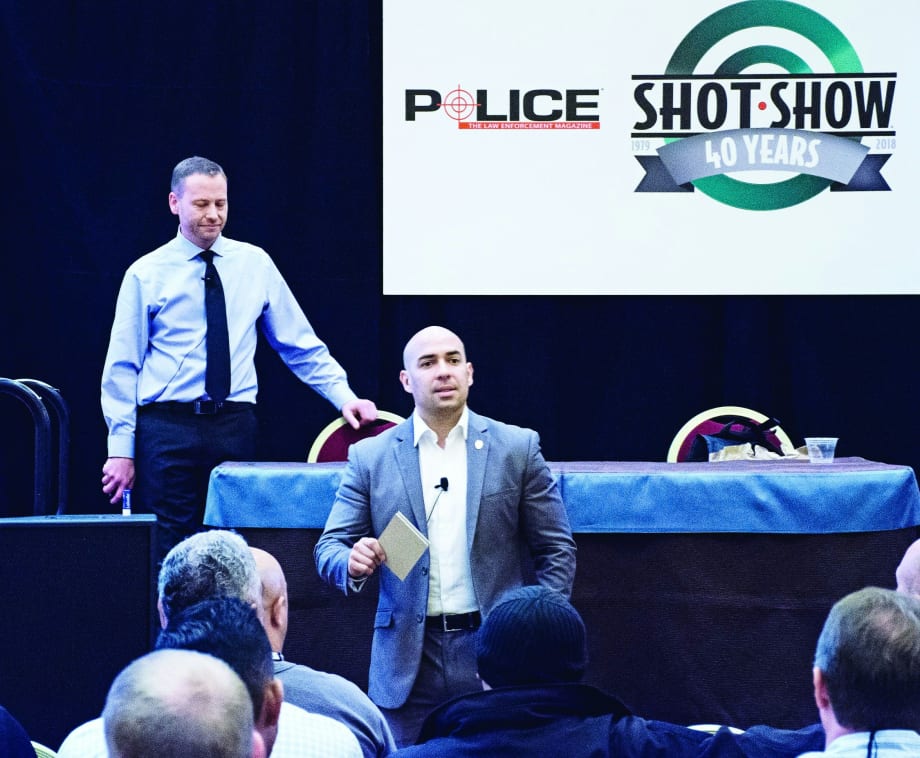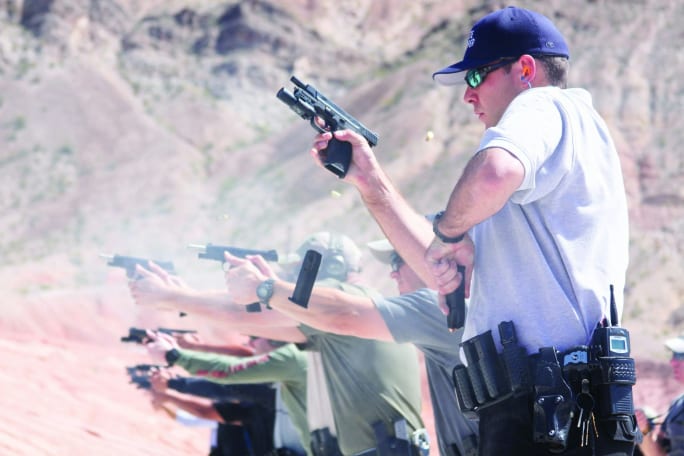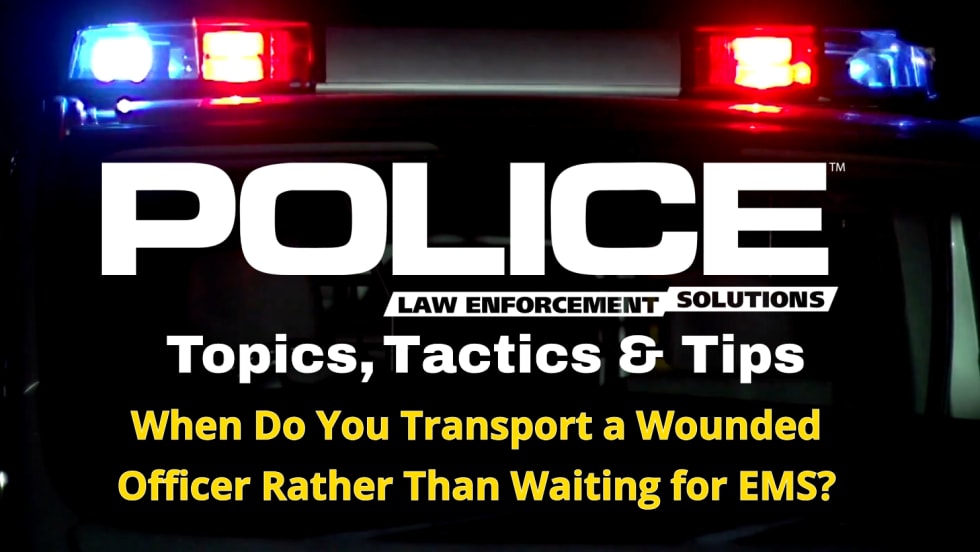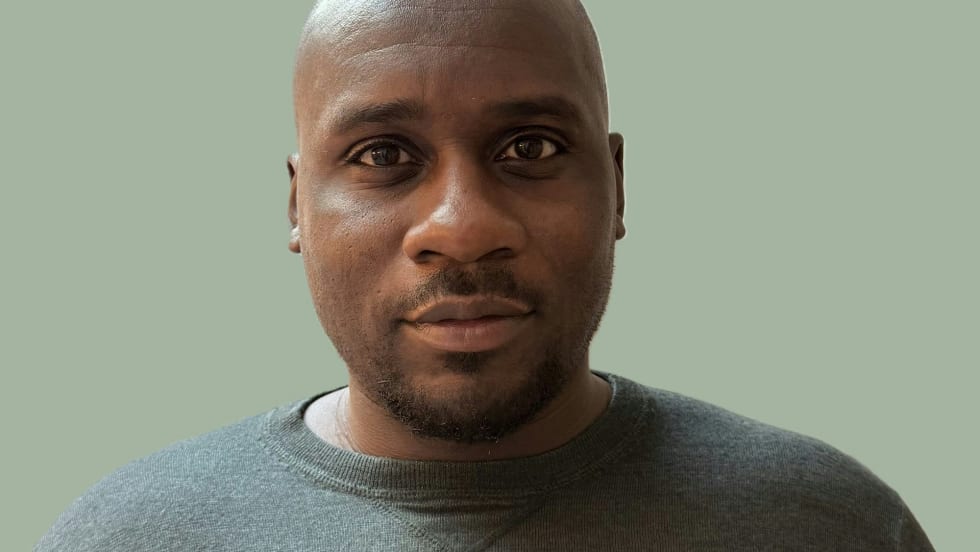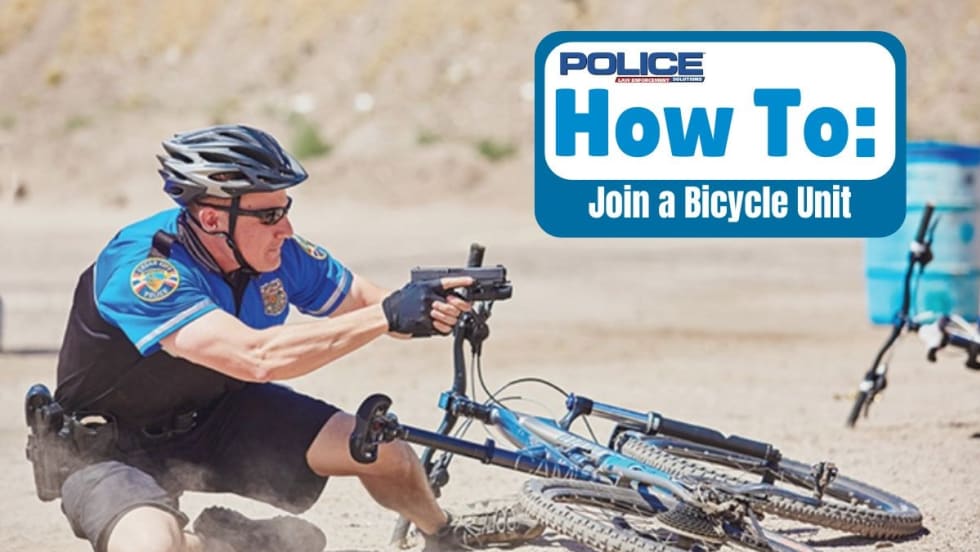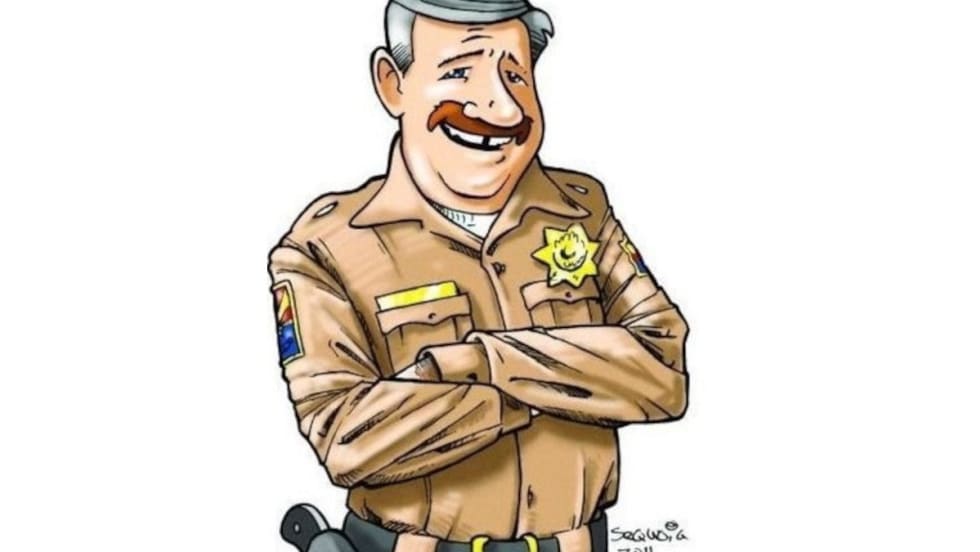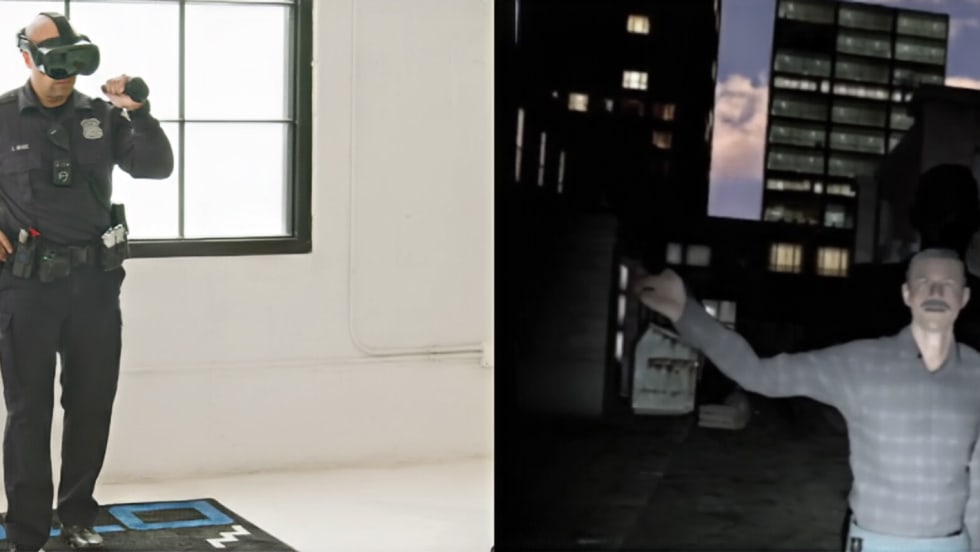LEEP's organization and vendor program track included classes on how to use reflex sights on handguns, responding to active shooters, using laser training guns to teach shooting skills, training to achieve peak performance, CQB shooting with a carbine, fitness and diet for law enforcement officers, reducing the effects of shooting range noise, vision training for improved tactical performance, officer/citizen encounters, using explosive detection dogs, and developing better community outreach programs.
LEEP classes are open to any law enforcement officer attending the SHOT Show. The LEEP schedule is usually released each fall before SHOT. Some classes fill up quickly. For more information, go to https://shotshow.org/leep/.
Lights, Sights, and Lasers
Khyber Interactive Associates' "Lights, Sights, and Lasers" is free to law enforcement officers because the class is paid for by corporate sponsors.
"Lights, Sights, and Lasers" is a one-day class that focuses on when and how to use these tools. The first half of the training takes place in the classroom, and the second is conducted on the range. "The goal is not to provide a product demo event. We don't do any of that. It is purely training. The goal is to provide a free training class to law enforcement, military, security, and people involved in the training side of things, and bring it to as many people as possible," says Wes Doss, Khyber's founder and president.



